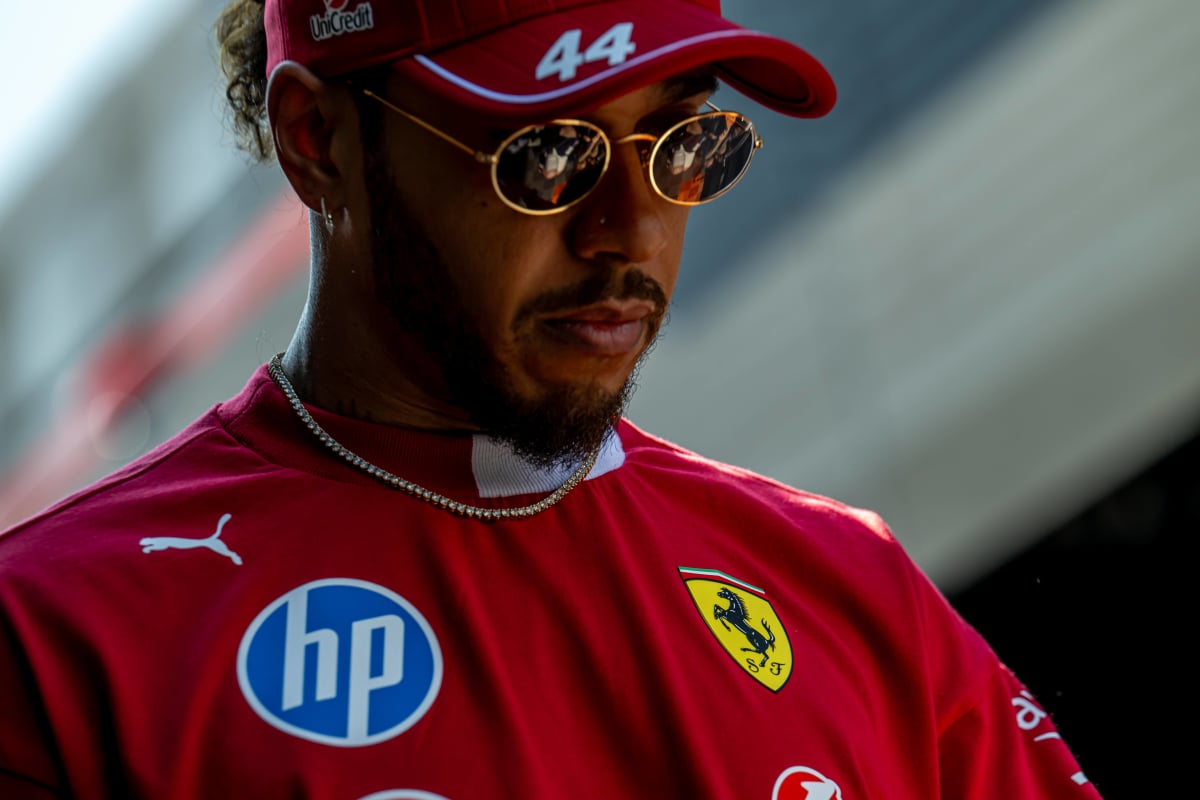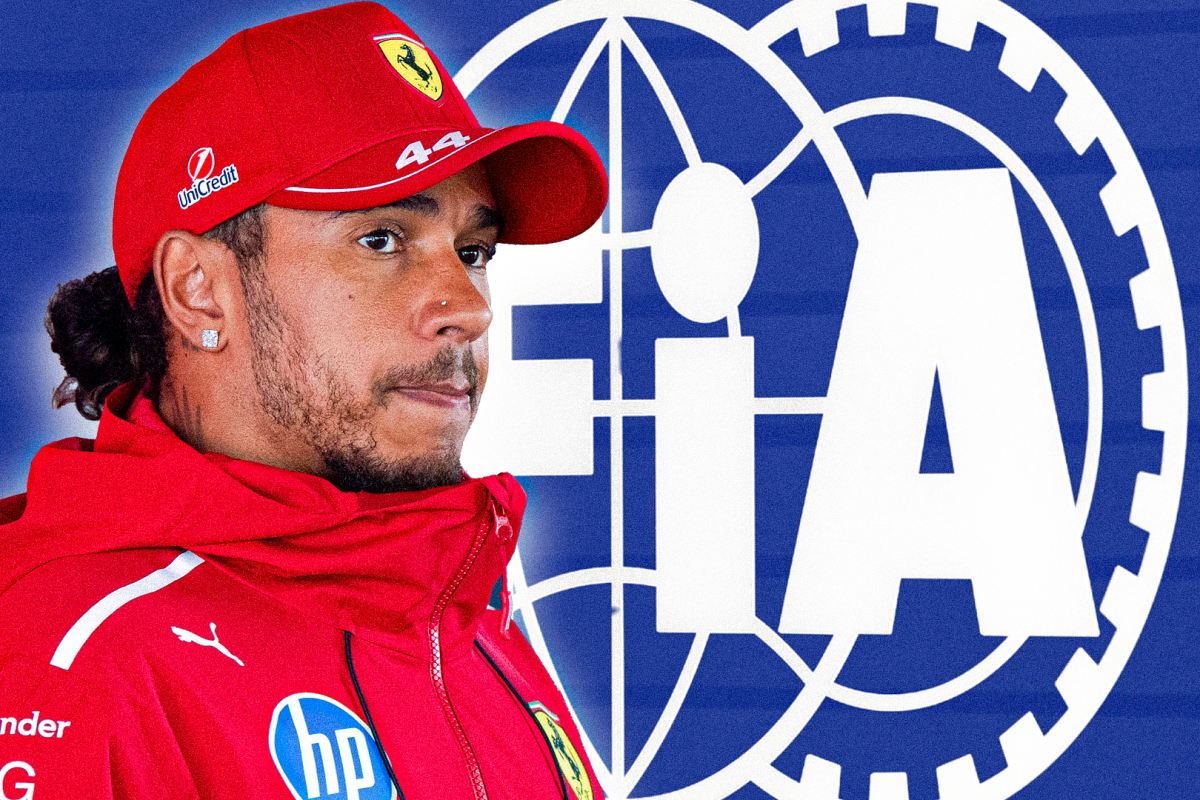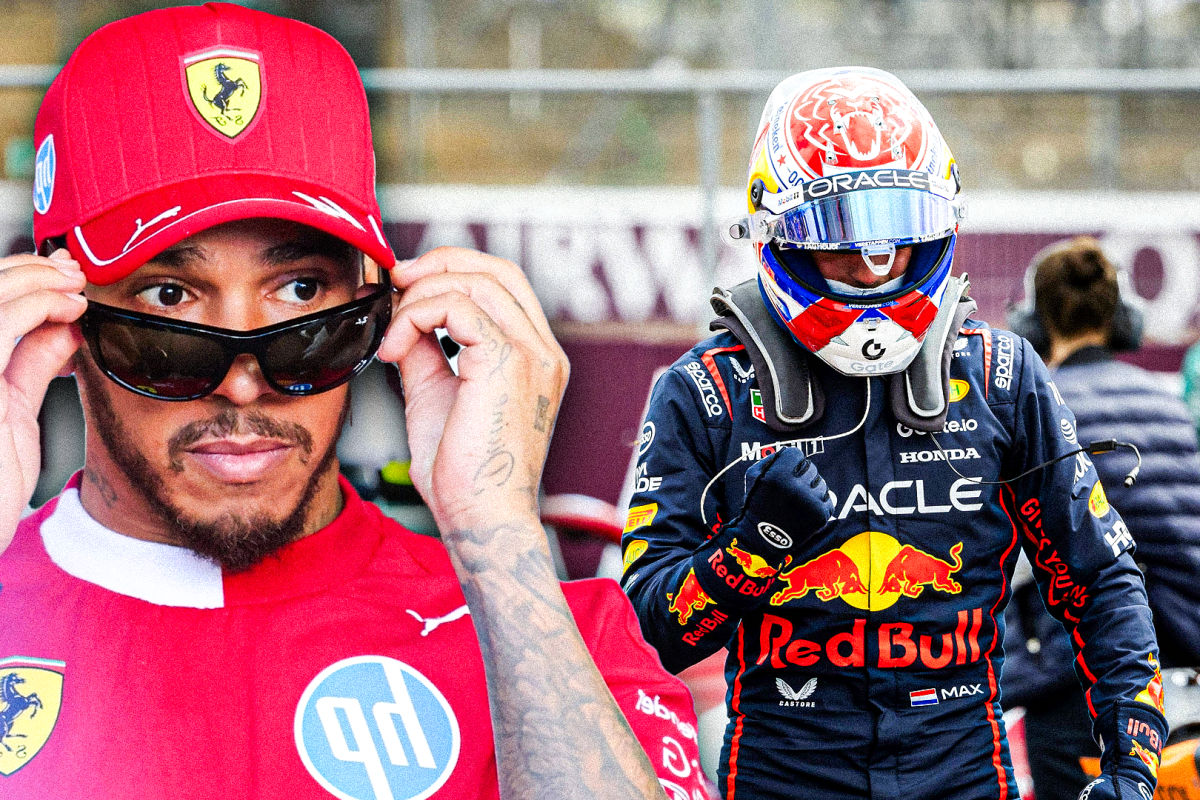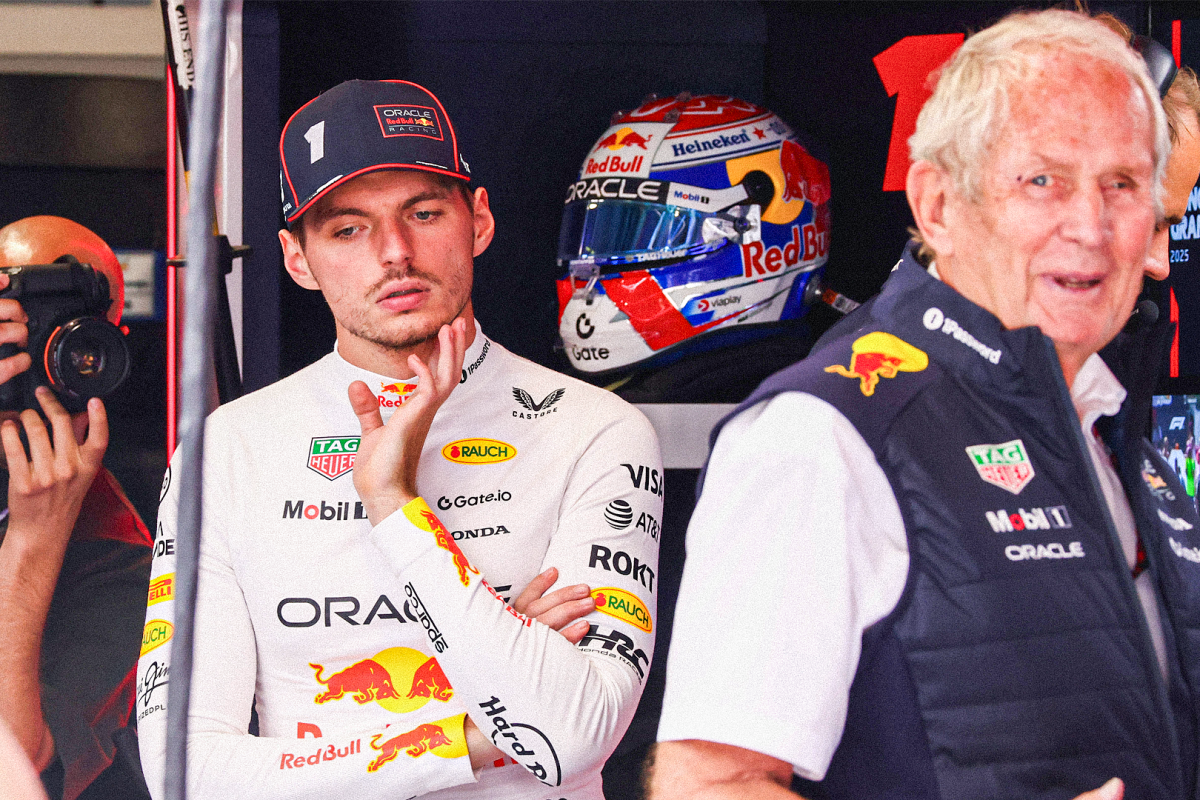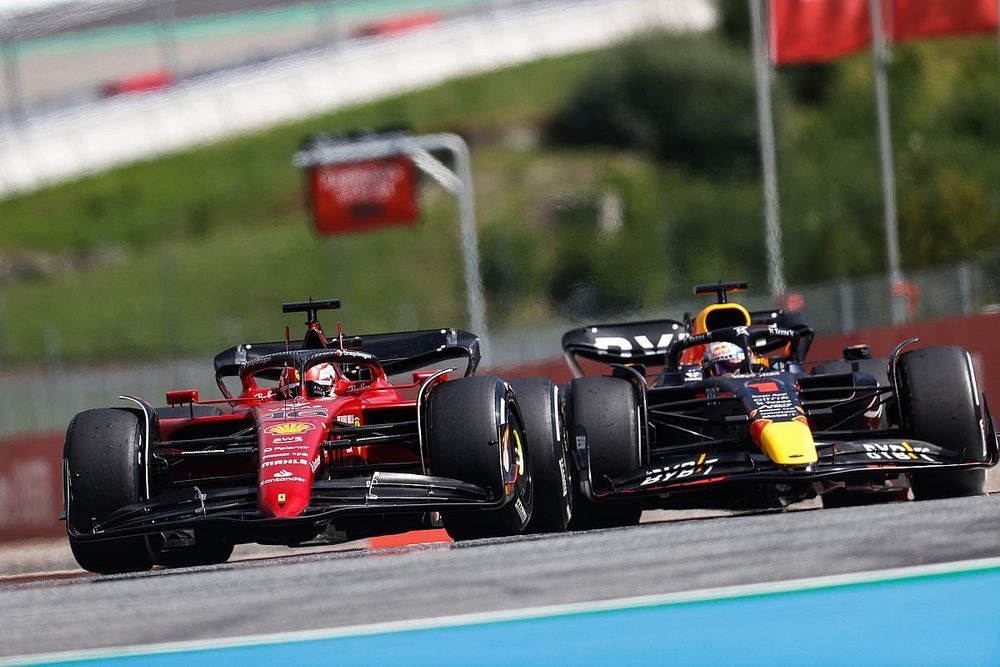F1 Sprint Qualifying Results: Lewis Hamilton in DISASTER early exit at B…read more
Lewis Hamilton’s participation in the Belgian Grand Prix took a dramatic and disheartening turn during Saturday’s sprint qualifying race, ending in a spectacularly early exit that left the seven-time world champion and Mercedes team reeling. The incident, which unfolded just a few laps into the shortened race, saw Hamilton involved in a multi-car collision that resulted in significant damage to his Mercedes W14 and a premature retirement, effectively derailing his weekend before the main Grand Prix event even began. The implications of this setback are profound, not only for Hamilton’s individual championship aspirations but also for Mercedes’ ongoing struggle to regain competitiveness in Formula 1.
The incident itself was a chaotic confluence of unfortunate circumstances. Starting from 14th on the grid after a disappointing qualifying session on Friday, Hamilton was attempting to gain positions early in the sprint race. The fast-paced, shorter format encourages aggressive overtaking maneuvers, increasing the risk of incidents. As Hamilton battled through the pack, a collision with Oscar Piastri’s McLaren triggered a chain reaction involving several other cars, including Kevin Magnussen’s Haas. The ensuing chaos saw Hamilton’s Mercedes sustain considerable damage to its front wing and suspension, forcing him to limp back to the pits and subsequently retire from the race. The stewards investigated the incident, ultimately finding Hamilton not wholly at fault, but the damage was already done. His race, and a significant portion of his weekend, were effectively over.
The impact of Hamilton’s early exit extends far beyond the immediate loss of points in the sprint qualifying standings. Firstly, it severely compromises his starting position for the main Grand Prix on Sunday. Forced to start from the back of the grid or even from the pit lane, a significant comeback will be necessary to achieve anything approaching a respectable result. Given the challenging nature of Spa-Francorchamps, a track known for its high-speed corners and limited overtaking opportunities, this presents a formidable hurdle for Hamilton and his team. Overtaking at Spa is notoriously difficult, particularly from the back of the grid, making a strong result exceptionally unlikely unless strategic factors and unexpected retirements significantly shift the race dynamic.
Beyond the immediate consequences for Sunday’s race, the sprint qualifying incident highlights the broader struggles faced by the Mercedes team this season. Despite significant upgrades to their W14 car, Mercedes continues to grapple with performance issues, consistently trailing the pace-setting Red Bull and even Ferrari and Aston Martin. Hamilton’s early exit underscores the fragility of their progress and the need for further improvements. Even a car capable of competing at the front can be vulnerable to incidents, especially when battling in the midfield and negotiating close racing scenarios. The collision served as a stark reminder of the margins involved in Formula 1 and the potential for setbacks despite the hard work and technical advancements made by the team.
The sprint race itself proved to be a valuable illustration of the inherent risks and rewards of the shorter, high-stakes format. While designed to add excitement and increase fan engagement, the increased intensity often leads to higher probabilities of incidents. The Hamilton incident, although unfortunate, became a microcosm of these inherent risks, demonstrating that even the most experienced drivers can be victims of circumstance in the frenetic pace of a sprint qualifying race. It also raises broader questions about the balance between exciting racing and the potential for catastrophic early exits, particularly for high-profile drivers whose race weekends are already compressed by the additional sprint element.
For Hamilton, the Belgian Grand Prix weekend has become a test of resilience and strategic adaptability. The challenge now lies in mitigating the damage, making the most of the remaining race day, and focusing on maximizing points from whatever position he starts. While a podium finish seems improbable, demonstrating strong pace and race craft could provide valuable data for the team to build upon in the remaining races. The sprint qualifying disaster serves as a poignant reminder that even the most accomplished drivers are susceptible to the unpredictable nature of motorsport, and a timely call for improved car performance and race strategy from Mercedes to support Hamilton in the battles to come. The fight for valuable championship points is far from over, but the uphill battle just became significantly steeper.
